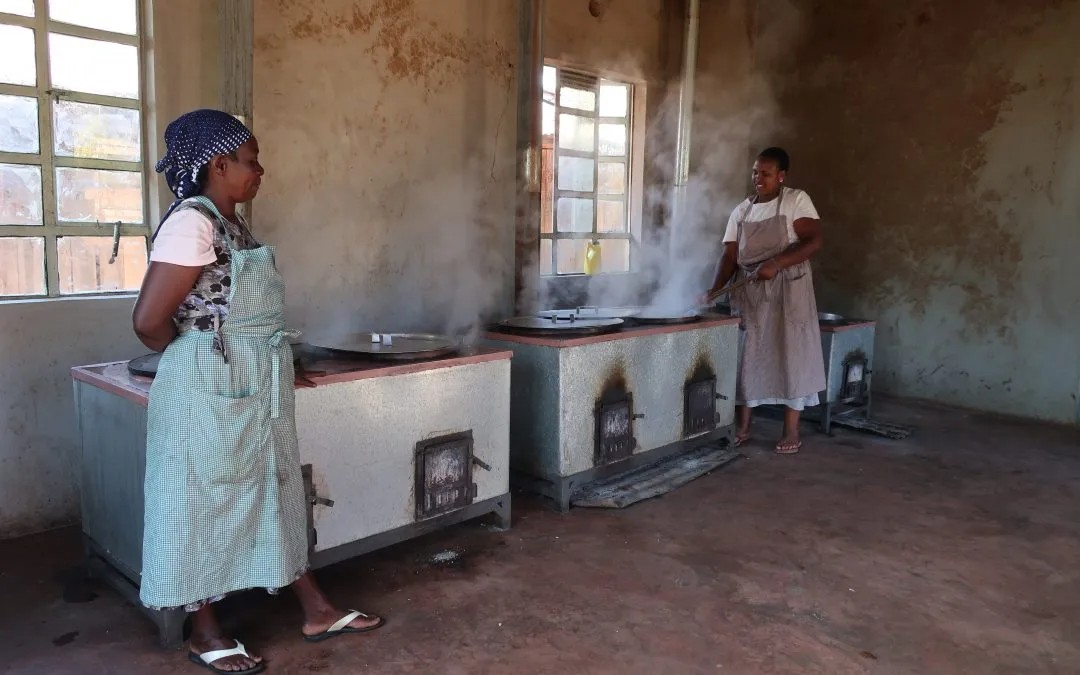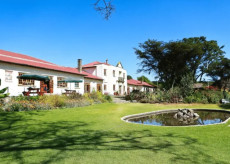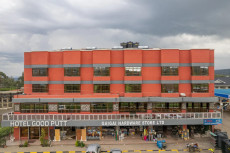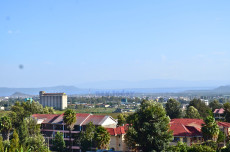- The money, intended to come from the anti-adulteration levy imposed on imported illuminating kerosene, will be directed towards the construction of 7000 facilities starting with 300 to 500 units coming financial year.
The Government of Kenya is seeking KSH 2.5 Billion for the installation of Liquid Petroleum Gas facilities in public institutions, including public schools. This comes amid the proposal to axe the school feeding programme in the 2024/2025 financial year that benefits over 4.5Million learners.
The money, intended to come from the anti-adulteration levy imposed on imported illuminating kerosene, will be directed towards the construction of 7000 facilities starting with 300 to 500 units coming financial year.
The project is aimed at transforming nearly 70% of 7,000 interested schools that still use firewood for cooking, according to Petroleum Principal Secretary Mohammed Liban.
Speaking at the National Assembly Committee on Energy, Mr Liban pointed out that the mapping of the project for schools had already begun and that the government was seeking partners to help connect all public institutions to LPG.
Despite the security question that this move raises, which Mr Liban addressed by stating that perimeter fences will be erected around the facilities, the question of whether the facilities will serve their intended purpose once the feeding programme is axed remains.
Read More
The proposal to scrap the feeding program, which serves mid-day meals to learners prone to drought while also acting as a platform to promote healthy diets in a fight against malnutrition, comes as a shock to Kenyans.
The proposal has been called out severally, including at the recently convened Limuru 3 conference, where NARC party leader Martha Karua pointed out that it is wrong to snatch from a child’s bowl to feed one’s own stomach.
What will the purpose of LPG be if schools no longer have money to buy food items? Who will the LPG facilities serve if students motivated by the lunch programme are no longer in school? Why allocate KSH 2.5 billion to a low-priority project when there are clamant issues at hand?










